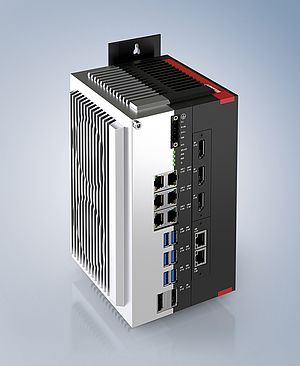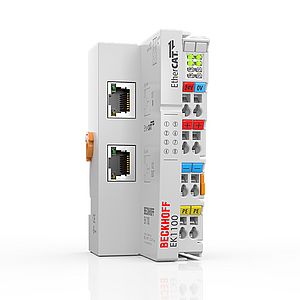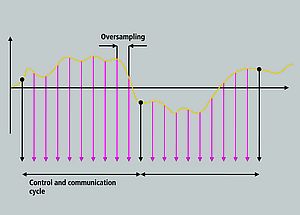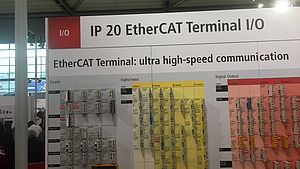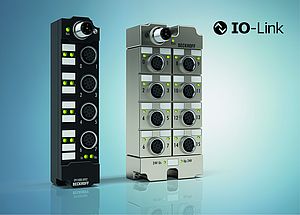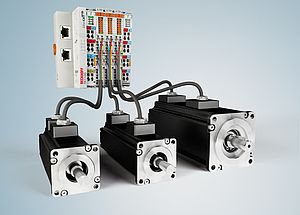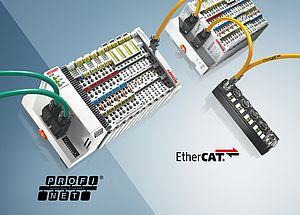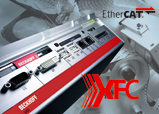The TwinCAT Machine Learning Creator from Beckhoff is aimed at automation and process experts and extends the TwinCAT 3 workflow to include the automated creation of AI models. This enables users to handle the entire process from data acquisition to the trained model themselves - without any AI expertise. The finished model is optimally adapted to the real-time requirements of the control environment in terms of latency and accuracy.
One of the main applications for the versatile TwinCAT Machine Learning Creator (TE3850) is AI-supported image processing for quality assurance. This, along with various other applications, takes advantage of the ease and standardisation of creating AI models for automation via no-code development platform. It not only leverages open standards, interfaces and best practices, but also delivers trained models in the open standard ONNX format. These latency-optimised AI models for control applications are specially adapted to run on Beckhoff IPCs and with TwinCAT products, although they can also be used as ONNX models outside the Beckhoff product world.
Keeping data in-house
With TwinCAT Machine Learning Creator offering fully automated AI model creation, the potential of artificial intelligence is now available to all – including smaller companies – offering a competitive edge and much-needed solutions for the growing shortage of specialist skills. And for seasoned AI experts, this solution serves to streamline their workload considerably while also minimizing the potential for errors. The ability to speed up project development processes offers yet another clear advantage, particularly as the development tool provides extensive and transparent methods for displaying the behavior of the models created and comparing them with each other. Users can also benefit from automated report generation, which supports auditing processes for AI model creation. Another crucial aspect is that the required application-specific data remains protected, since it does not leave the company.









